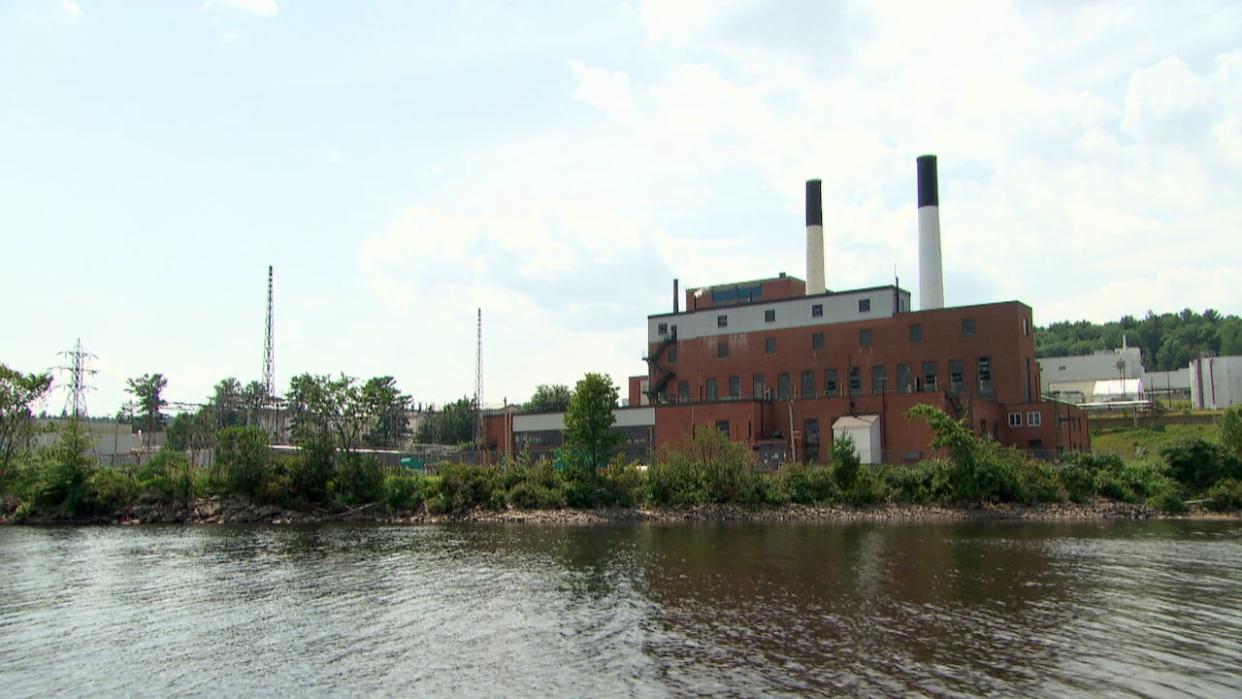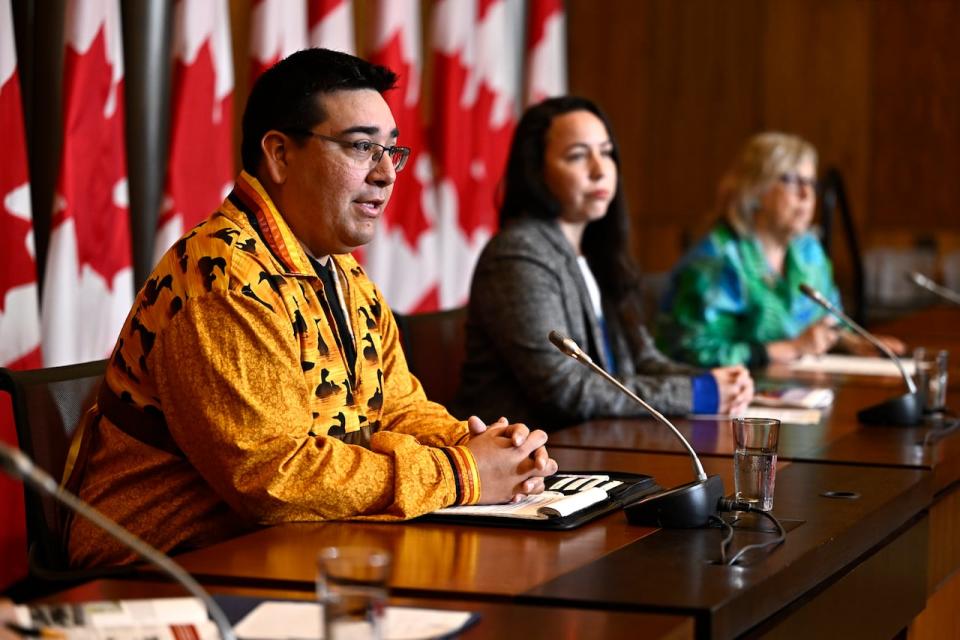Radioactive waste dump at Chalk River gets green light to start construction

A federal regulatory body has approved construction of a controversial radioactive waste dump near the Ottawa River, upstream from Ottawa and Montreal.
Canadian Nuclear Laboratories (CNL) wants to build an engineered mound or "near surface disposal facility" close to the company's nearly 80-year-old Chalk River site, about 190 kilometres northwest of Ottawa and about one kilometre from the river.
The facility would include containment cells, a base liner and cover, and a system to detect leaks, according to a project descripton.
It is expected to contain low-level radioactive waste including contaminated soil and building materials from decommissioned Chalk River activities, mops and protective clothing used during cleanup, and waste from sources such as hospitals and universities.
In its Jan. 8 decision, the Canadian Nuclear Safety Commission (CNSC) determined the proposal "is not likely to cause significant adverse environmental effects" and that CNL had adequately consulted and accommodated Indigenous groups.
"The design of the [facility] is robust, supported by a strong safety case, able to meet its required design life, and sufficient to withstand severe weather events, seismic activity, and the effects of climate change," CNSC said in a news release issued Tuesday afternoon.
Water concerns
The broader Ottawa area is unceded Algonquin territory and leaders of 10 of the 11 federally recognized Algonquin communities have objected to the project for years, saying they're concerned about contamination, sacred sites and what they characterize as the commission's bias in favour of the industry.
The Algonquins of Pikwakanagan were the only Algonquin community to gave its consent, and a formal partnership between the community and CNL was announced last year.

Chief Dylan Whiteduck of Kitigan Zibi Anishinābeg First Nation, left, has opposed the radioactive waste dump and was critical of the Canadian Nuclear Safety Commission's hearings. (Justin Tang/The Canadian Press)
Environmental groups and communities that get drinking water from the river also spoke out against the project.
"I'm extremely disappointed in the decision," said Pontiac Warden Jane Toller. "It was token listening on the part of the tribunal."
Toller said her main concern is the facility's proximity to the river, especially given the significant flooding in recent years.
"We were asking for very little. We were just asking that it be stored further away because there can always be seepage. There can always be leaching," she said.
'Imperfect solution'
While the Ottawa Riverkeeper said there have been some improvements in waste storage, more needs to be done.
Laura Reinsborough called the proposed facility "an imperfect solution" to deal with the site's legacy waste, and also expressed concerns about its proximity to the river.
Theresa McClenaghan, executive director of the Canadian Environmental Law Association, wrote in a statement that the facility's design is "tantamount to an ordinary domestic landfill and we know that such facilities always eventually leak to the surrounding environment."
Researchers with the Canadian Museum of Nature have also worried the site could threaten two endangered species within the watershed.

The 'near surface disposal facility' (NSDF) proposed by the privately owned Canadian Nuclear Laboratories would be on a ridge one kilometre from the Ottawa River, not far from Chalk River Laboratories, seen in the foreground. (City of Ottawa)
The commission's decision said the facility is on a sloped rock ledge where water flows away from the river and is above its maximum flood level. Wastewater will be tested before being released, the commission said.
"We fully intend to meet all of our commitments to any Indigenous communities, organizations or local public in order to continue to address their questions, concerns as we move forward with the project," said Meggan Vickerd, CNL's deputy vice-president of waste and fuel programs.
The facility is expected to take about three years to construct. Once it's built, CNL must once again seek the commission's permission before storing any nuclear waste there.
If approved, the mound's 50-year operational lifespan would be followed by a 30-year closure phase and a 300-year post-closure phase — based on "10 half-lives for short-lived radionuclides" — ending around the year 2400.

